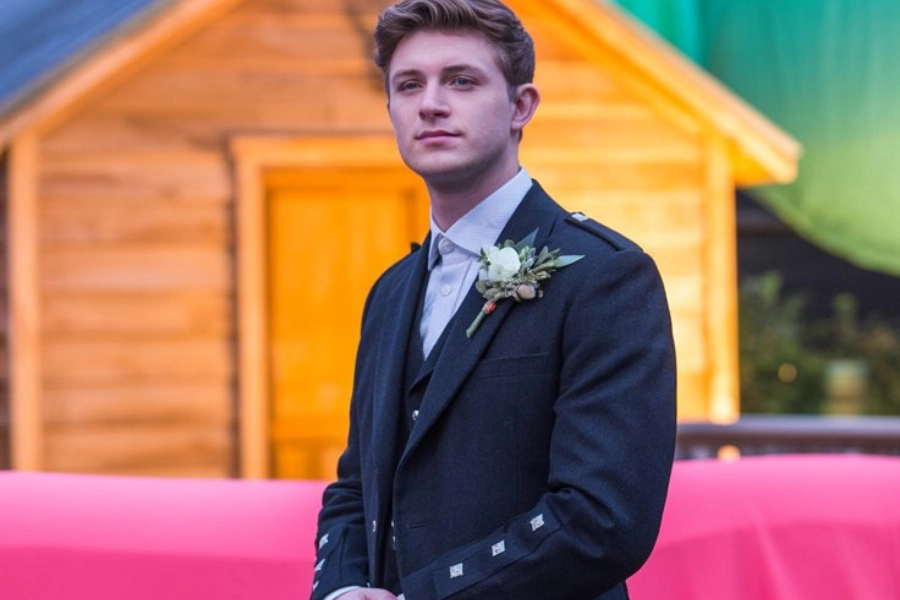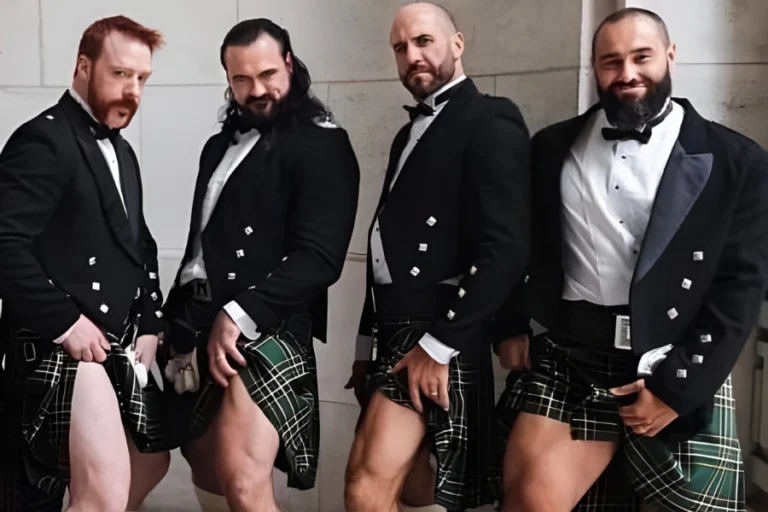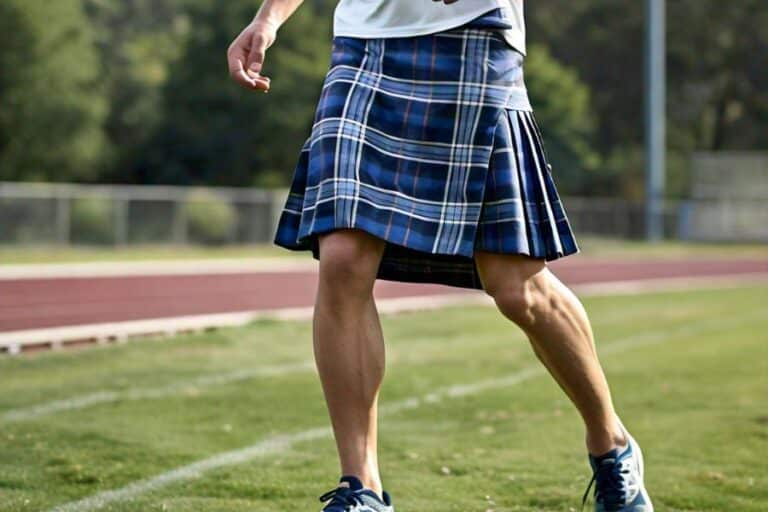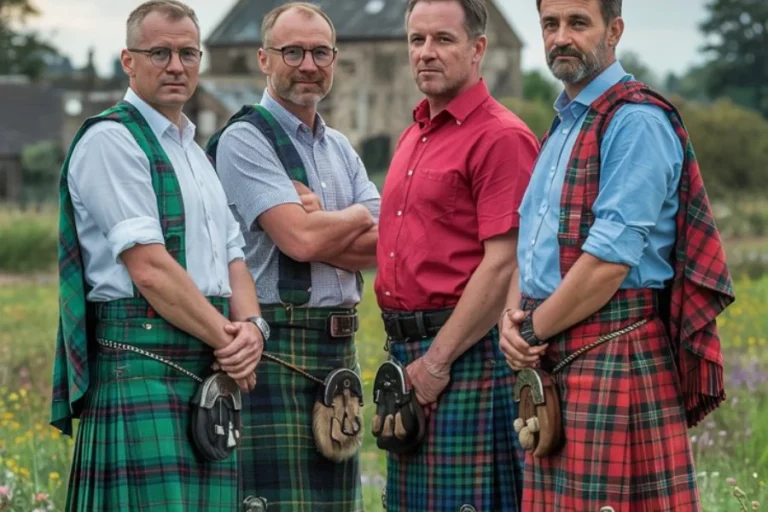How To Style a Kilt For Casual, Formal, And Athletic Looks
Kilts are not just for Highland weddings or parades. They’re surprisingly versatile—arguably more so than most people give them credit for. And depending on how you wear one, a kilt can feel right at home at a weekend barbecue, a black-tie event, or even your next workout session. It’s all in the styling.
Of course, choosing the right casual kilt, or knowing how to build out a full formal kilt attire look, or deciding whether athletic kilts are really practical—these things take a bit of thought. Not too much, though. A little intention goes a long way.
Let’s break it down.
Casual Kilt Attire: Where Style Meets Comfort
A casual kilt is maybe the most approachable way to wear a kilt regularly. It’s low-pressure. It doesn’t ask much. You throw it on like you would a good pair of jeans—except it makes more of a statement without screaming for attention.
But what is casual kilt attire, really?
It’s not about following strict rules. That kind of defeats the point. You can pair your kilt with a plain t-shirt (black or white are easy wins), or maybe a henley if you want to look a bit more put-together without trying too hard. A flannel shirt works too, especially when the weather starts to cool down. And no, you don’t have to match your shirt to your tartan. In fact, trying too hard to coordinate colors can sometimes backfire.
Footwear is probably where most people get stuck. Boots are a safe bet. Chunky ones, maybe even slightly beat-up—there’s character in that. Trainers work too, especially if the kilt has a more modern cut. I’ve seen someone wear low-top Converse with a mens utility kilt and a hoodie, and oddly enough, it worked.
Sporran? Optional. In casual settings, most skip it. But if you’re the type who always needs pockets (and kilts famously don’t have them), a utility sporran or belt pouch is genuinely useful.
The truth is, casual kilt styling is forgiving. That’s the beauty of it. As long as you’re comfortable and feel like yourself, you’re probably doing it right.
Formal Kilt Attire: A Nod to Tradition (With Room To Breathe)
Styling a kilt formally is… well, different. There’s more structure to it. Formal kilt attire tends to follow certain traditions, especially when you’re dealing with events like weddings, galas, or cultural ceremonies.
But formal doesn’t have to mean stiff or outdated.
The foundation is, of course, the kilt itself—usually an 8-yard traditional tartan. You’ll typically wear it with a Prince Charlie jacket or an Argyll jacket, depending on the level of formality. (The Prince Charlie is more “black tie”; the Argyll leans semi-formal or dressy-casual, if that makes sense.)
Shirt and tie? Yes. Usually a wing-collar or spread-collar shirt, paired with a bowtie or necktie, respectively. A waistcoat often completes the look. For shoes, go with brogues—black, polished. They ground the whole outfit in formality.
And then there’s the accessories.
This is where some people overdo it. You don’t need every single Scottish accessory known to man. A sporran (formal leather or fur) is standard. A kilt pin is optional but adds polish. Hose (kilt socks) and flashes? Yes, those matter more than you’d think. And the sgian-dubh, the traditional small knife tucked into the sock—it’s ceremonial these days, but still adds a sense of occasion.
Now, to be honest, there’s a fine line between classic and costume. It’s something you can feel when looking in the mirror. If it starts to feel more like theater than fashion, maybe scale something back. Take off one overly ornate item. Simplify the jacket. Swap the waistcoat for a clean-cut shirt if the occasion allows.
A good formal kilt outfit should feel dignified, not overdone. Respectful of tradition, but still you.
Athletic Kilts: Function, With Flair
Now here’s where things get interesting: athletic kilts.
Yes, people really do wear kilts to train, hike, and even compete. And no, it’s not just for novelty. There’s a practical side to it—especially when designed with performance in mind. We’re not talking about thick wool kilts here; we’re talking lightweight, often moisture-wicking materials, with pleats designed for movement.
Most athletic kilts resemble modern utility kilts but are made from fabrics that move better—like poly-cotton blends or performance synthetics. They’re ideal for activities like running, CrossFit, hiking, or even yoga (though yoga kilts might be a category all their own).
So how do you style one?
Honestly, you don’t have to overthink it. A basic gym tee or tank top works just fine. For colder weather, a fitted performance hoodie does the trick. Footwear should match the activity—running shoes, trail runners, maybe even hiking boots if you’re going off-road.
And yes, people might look twice. But that’s not always a bad thing.
What matters most is how it feels. If you like freedom of movement, and maybe just enjoy turning heads in a way that feels empowering (but not performative), then an athletic kilt might surprise you. Some people swear they’ll never go back to shorts.
It’s not for everyone. But then again, neither is the treadmill.
A Few Parting Thoughts:
One of the more interesting things about kilts is how personal they become. The more you wear one, the more you realize there’s no single right way to do it. What works for someone else might not feel right on you—and that’s okay. Style isn’t always about fitting in; sometimes, it’s about feeling just enough out of place to start a conversation.
There are also little quirks people pick up. Like tugging on the pleats to straighten them when standing up. Or figuring out how to sit comfortably without flashing the person across from you. (Pro tip: sit with a bit more awareness.)
And, sure, not everyone’s going to get it. You might get questions. “Why are you wearing a skirt?” That sort of thing. Some people answer with humor. Others get defensive. Honestly, it depends on the mood.
The point is—style the kilt in a way that suits your day, your activity, and, most importantly, your personality. Whether it’s casual kilt attire for grabbing a coffee, formal kilt attire for a wedding, or athletic kilts for your next weekend hike—there’s room for all of it.
Because kilts aren’t just about tradition. They’re about choice. And maybe a little bit of defiance. The good kind.











